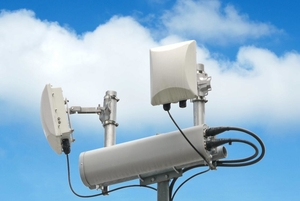Recorded on October 8, 2020
Presented by Covestro
The advent of 5G technology is encouraging the creation of thousands of endpoint applications, from smartphones to routers, base stations to edge computers and mesh networks, to the ubiquitous support for autonomous driving and AR/VR experiences. No matter the endpoint, optimal performance greatly depends on mmWave signal transmission and heat management within the 5G device. This webinar will shed light on how engineers can mitigate RF interference and keep operating temperatures low through smartly designed thermoplastic parts.
Optimal 5G signal transmission depends on much more than simply Dk and Df values of the antenna cover material. Cover design combined with finely tuned properties of the thermoplastic can allow maximum antenna performance, even in the harshest of environments. Covestro experts will discuss the most important factors to consider when designing for RF transparency and how to minimize interference at the chosen frequency.
5G transceivers also have the potential to generate significant heat in a smaller packaging space due to more on-board processing power and bandwidth demands. To maintain cool operational conditions, thermally conductive thermoplastics are often employed as the light-weight alternative to metal heat sinks. Again, Covestro experts will reveal how the combination of material and part engineering can unlock weight savings, design freedom, and even cost savings without sacrificing performance.
Download the slides
Contact the Presenters / Ask a Question
The views, opinions and technical analyses presented here are those of the author or advertiser, and are not necessarily those of ULProspector.com or UL Solutions. The appearance of this content in the UL Prospector Knowledge Center does not constitute an endorsement by UL Solutions or its affiliates.
All content is subject to copyright and may not be reproduced without prior authorization from UL Solutions or the content author.
The content has been made available for informational and educational purposes only. While the editors of this site may verify the accuracy of its content from time to time, we assume no responsibility for errors made by the author, editorial staff or any other contributor.
UL Solutions does not make any representations or warranties with respect to the accuracy, applicability, fitness or completeness of the content. UL Solutions does not warrant the performance, effectiveness or applicability of sites listed or linked to in any content.

